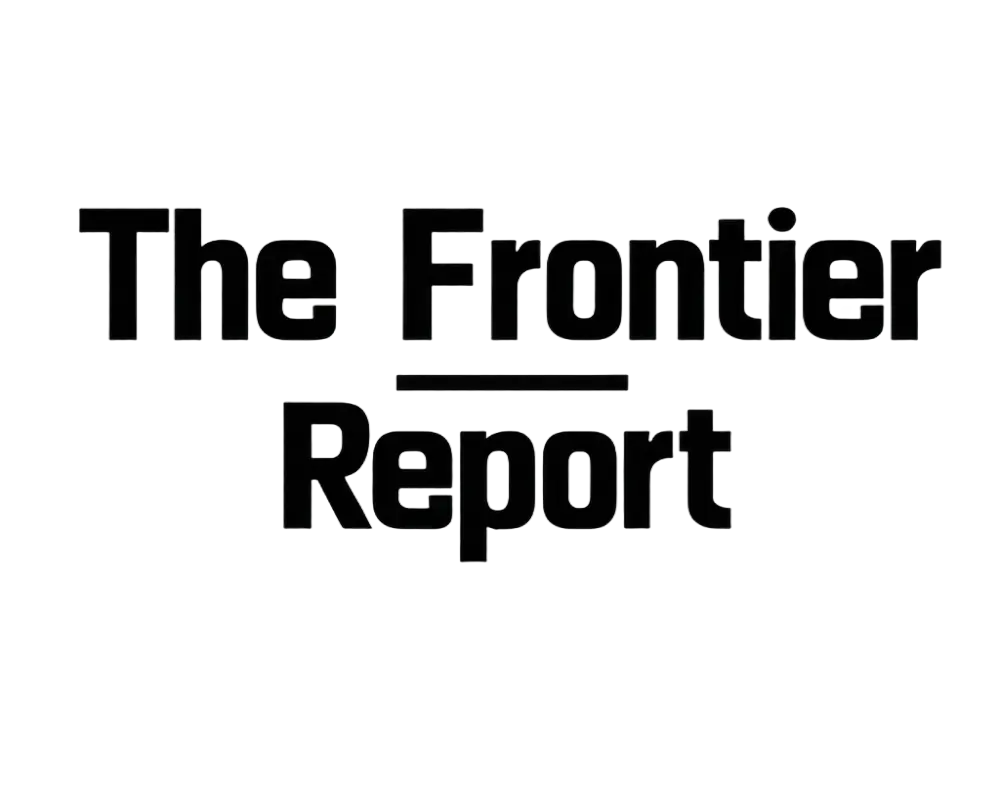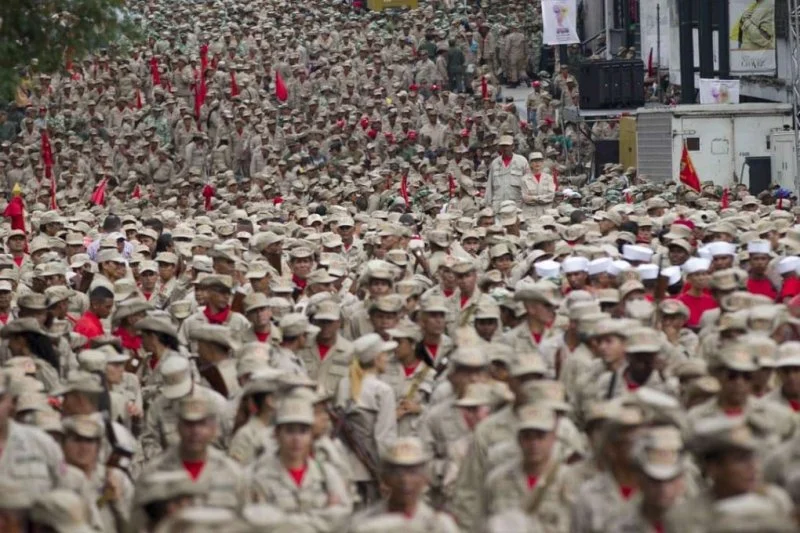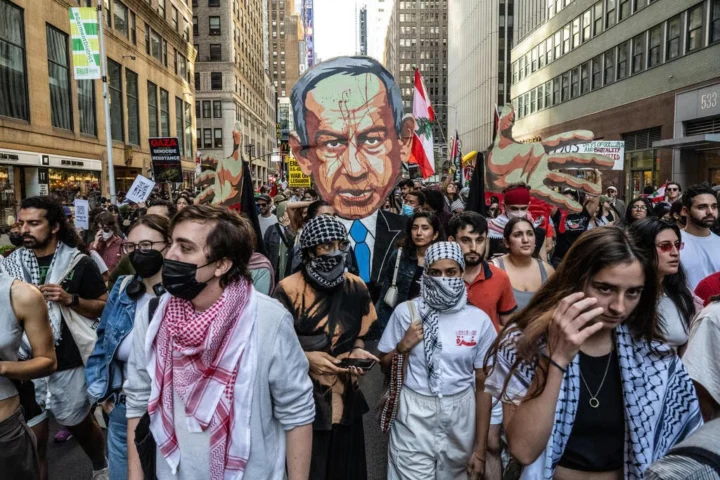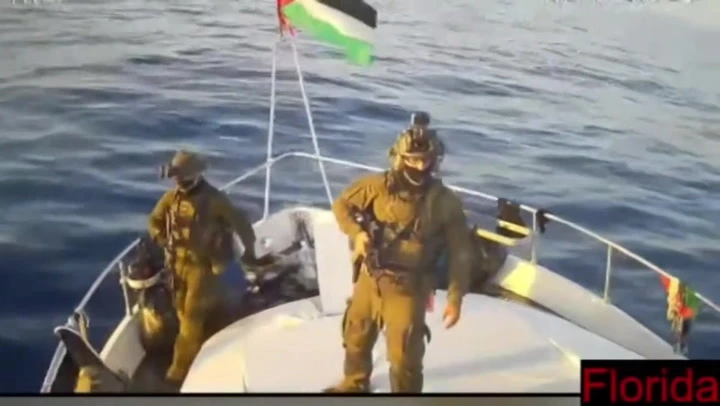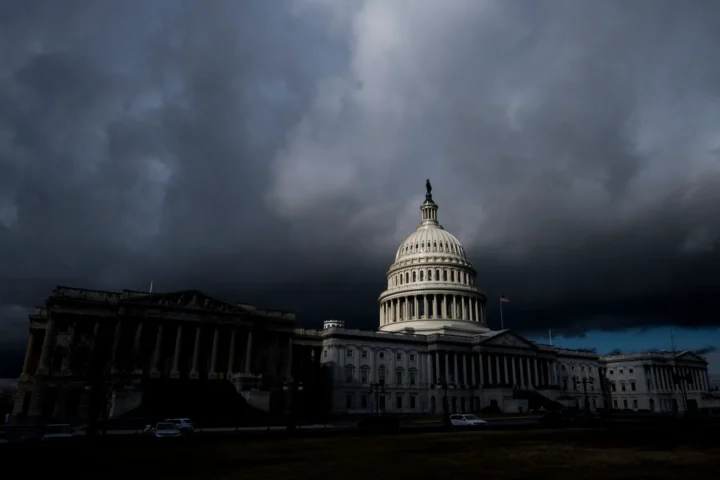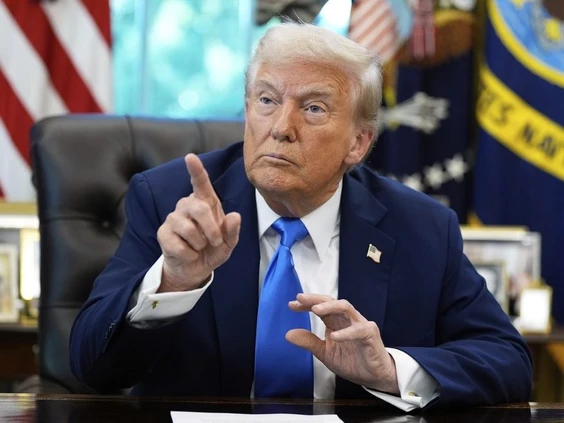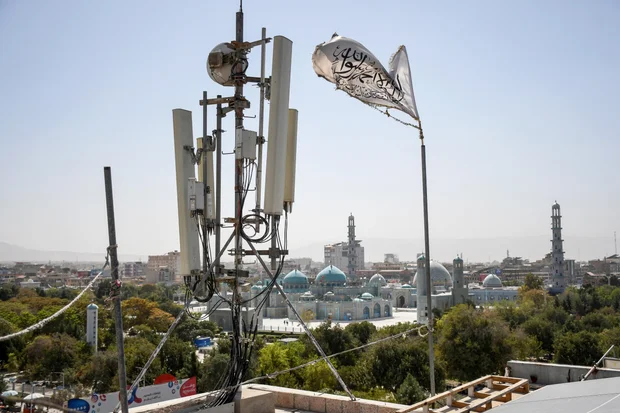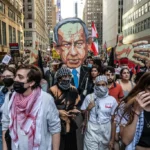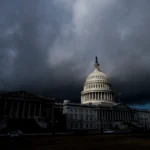Nicolás Maduro just told the world he’s activating 4.5 million members of Venezuela’s Bolivarian militia. He’s calling it a defensive move against possible U.S. threats. That number—4.5 million—is huge, but let’s be honest: it’s more signal than substance. This isn’t a standing army. Many of these so-called “militia” members have minimal training, old gear, and shaky coordination. But the message is loud—Maduro wants everyone to see that he can flood streets, ports, and key facilities with loyal bodies if needed.
This is theater—part deterrent, part domestic control. It gives the regime a way to test loyalty, reward allies, and keep a close watch on dissent. You’ll probably see well-organized parades and urban drills first—big, loud displays in the cities to show unity. Then come smaller groups in state-run factories and community hubs. It’s not really about mobilizing millions at once. It’s about having just enough boots to cover key areas and look strong doing it.
Maduro’s also trying to brace for what’s happening inside the country. The economy’s fragile, protests still bubble up, and crime isn’t going anywhere. By linking outside threats with domestic stability, the government can tighten rules—think curfews, more checkpoints, stricter drone laws. If this militia rollout lasts, it won’t just be about U.S. pressure. It’ll turn into a permanent fixture of Maduro’s playbook for staying in charge.
U.S. Pressure Is Growing—and So Is the Risk
The U.S. has turned up the heat. Warships are in the region. Surveillance is constant. Drug interdiction missions are increasing. And the language out of Washington has gotten sharper. They’re not saying “invasion,” but the buildup is clear.
The real danger? A dumb mistake. Military ships and planes operating close together can lead to the kind of misstep that spirals out of control. One aggressive fly-by. One misread radar signal. One warning shot that lands too close. None of it has to be planned—it just has to happen once, and suddenly both sides are forced to react. These kinds of standoffs don’t need big moves to cause big problems.
Nobody really wants a shooting war. But that’s not the point. The worry is that one headline-grabbing incident—a shaky video of a near miss, a dramatic flare launch—could push leaders into corners they can’t easily step out of.
There’s also the oil angle. If tensions keep rising, even fragile progress on sanctions or oil deals could collapse. Caracas would feel the pinch fast. That could push Maduro into a tighter, more repressive stance at home. But if both sides keep things cool—loud enough for their supporters, but quiet enough to avoid actual conflict—we might just see this settle into an uneasy status quo: lots of noise, no explosion.
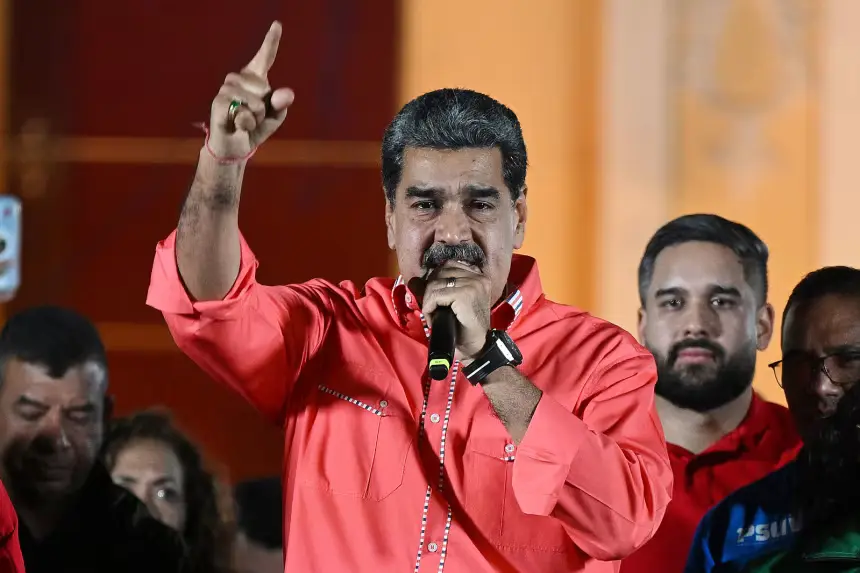
Federico Parra/AFP/Getty Images/File
What Happens on the Ground Matters Most
Want to know if this is all bluster or something more serious? Watch the ground. If you start seeing armed militia guarding power plants, refineries, and telecom towers outside the capital, that’s a real shift. Same goes for militias setting up camp at big state companies or patrolling remote towns. If it’s just Caracas and just weekends, that’s still theater. But if roadblocks and drills start becoming part of daily life, then it’s moved from signal to strategy.
Logistics will tell you how far they can take this. Uniforms, food, transport, radios—it all costs money, and Venezuela’s broke. If you hear about workers missing shifts, gear shortages, or just plain burnout, that’s a sign things aren’t holding together. Some areas will look sharp. Others will just fake it for the cameras.
And what about regular people? Mass call-ups can silence protest in the short term. But over time, it can also fuel anger—especially if jobs are disrupted, basic services break down, or people feel forced into fake parades while bills pile up. Expect more militia presence in opposition-heavy neighborhoods and along smuggling routes. Border zones might get more patrols and crackdowns too, all wrapped in the flag of “national defense.”
Three things to watch in the next few weeks:
- Where the action is: Are they going beyond the safe, central areas?
- How long it lasts: Is this a weekend wave or a long-term deployment?
- How things go at sea and in the air: Are encounters calm or theatrical? Do we see restraint, or stunts for show?
Bottom line: Maduro’s 4.5 million number isn’t about numbers. It’s about messaging—about showing muscle as the U.S. circles in. But the real danger lies in the small stuff. A sudden noise, a shaky hand, a bad read on a radar screen. That’s how crisis begins. Not with fireworks—but with one moment too far.

